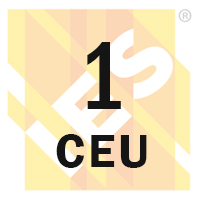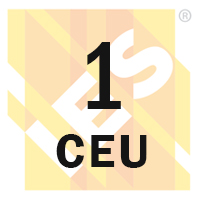
2022 PNNL Webinar Series: Taming Complexity
-
Register
- Non-member - $100
- Member - Free!
2022 IES-PNNL Webinar Series: Taming Complexity
The Illuminating Engineering Society (IES), in collaboration with Pacific Northwest National Laboratory (PNNL), is pleased to offer a special five-part free webinar series, “Taming Complexity.” Presented by PNNL experts and partners, this series will explore ongoing efforts to better understand and reduce the ever-growing complexity of advanced lighting systems.
-
Contains 2 Component(s), Includes Credits
This webinar will examine the ins and outs of lighting energy codes, covering the origins and challenges of existing codes and the inputs, calculations, and assumptions necessary to create robust lighting power allowances for modern energy codes.
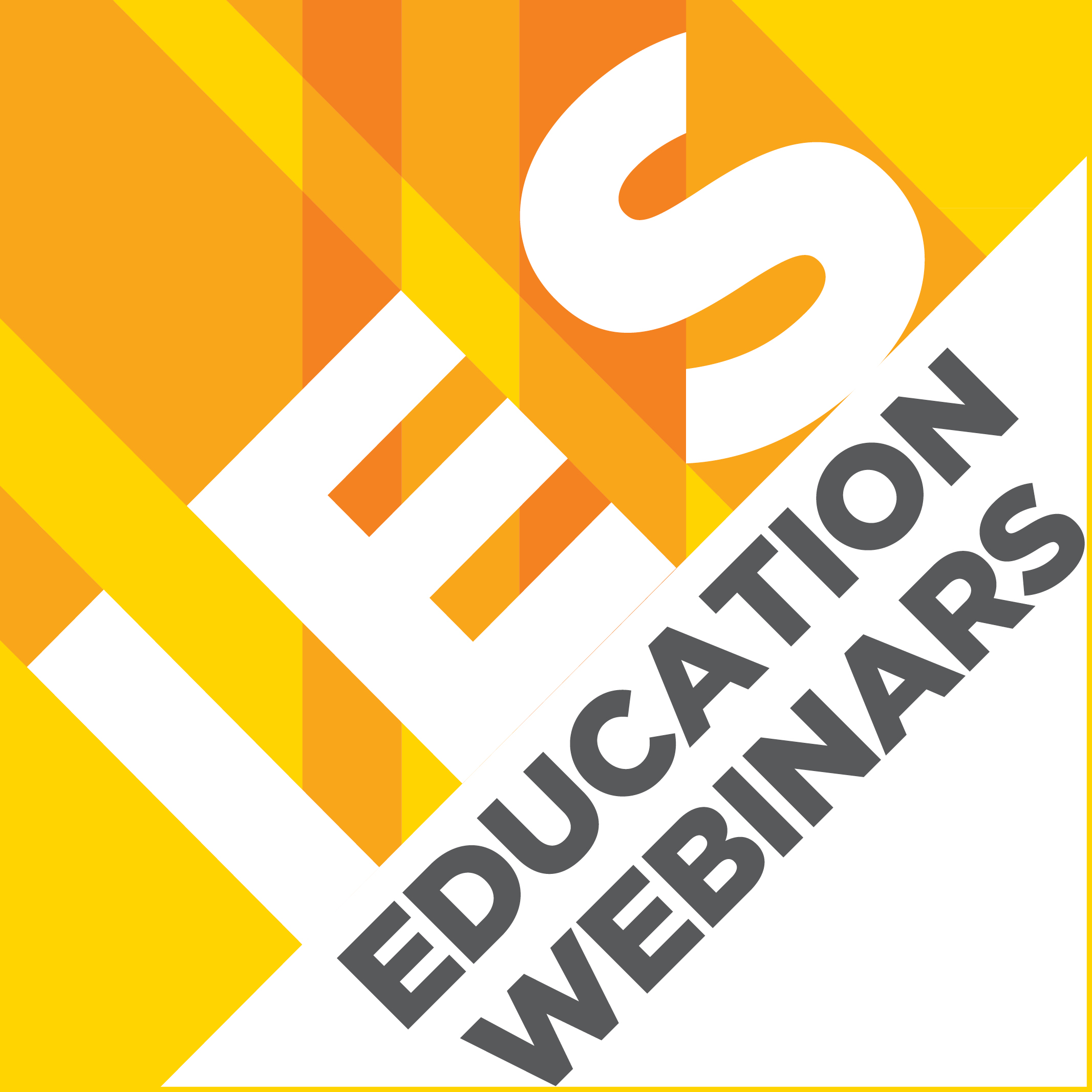
Taming Energy Codes Complexity
The IES offers Educational Webinars throughout the year, purposefully spanning a broad range of topics and speaker expertise. This was a live webinar hosted in partnership with the Department of Energy's Pacific Northwest National Lab (PNNL) and is now available as an archived webinar and CEU course.
Description: This webinar will examine the ins and outs of lighting energy codes, covering the origins and challenges of existing codes and the inputs, calculations, and assumptions necessary to create robust lighting power allowances for modern energy codes. What tools will be needed in the future as compliance moves beyond lighting power density (LPD) and toward lighting system performance and whole-building outcome-based compliance approaches, and considers health and wellbeing, lighting application efficiency, and potential new metrics?

Michael Myer
Researcher
Michael Myer is a senior researcher at Pacific Northwest National Laboratory, where he supports U.S. Department of Energy programs including energy codes, appliance standards, and field evaluations.
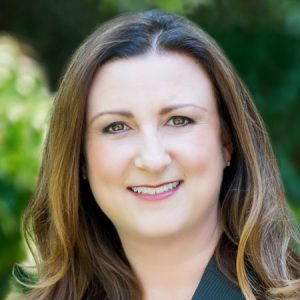
Kelly Seeger
Technical Policy Manager
Kelly Seeger is Technical Policy Manager for Signify where she leads building codes and standards activities for North America, advising company business groups, market teams, and researchers on implications for products and systems from pre-development through installation. She serves as Lighting Subcommittee Chair of ASHRAE SSPC 90.1 and is also active in the development of CA T24 and IECC and is involved with key organizations relevant to building efficiency, green building standards & codes, energy rating and benchmarking, and smart buildings. Kelly has worked in lighting and energy efficiency in the U.S. for nearly twenty years; her experience includes lighting design and application, strategic planning, a voice of customer and market analysis, presentation and training, and energy efficiency & transformative market consulting. She holds M.S. Lighting and B.S. Building Sciences degrees from Rensselaer Polytechnic Institute in New York. She is Lighting Certified by the NCQLP, a LEED Accredited Professional, and is Past President of the New York City Section of the Illuminating Engineering Society.
-
Contains 2 Component(s), Includes Credits
Between environmental sensors, connected building platforms, wearables, and mobile devices, data capturing devices are ubiquitous in our environments. But what are we learning about these spaces and the experience of the people who occupy them? In this webinar, presenters will discuss how to collect and utilize data from these devices to better understand system performance, occupant behavior and environmental satisfaction—and how this information can be used to improve operational efficiency and inform future design solutions.

Taming Data Complexity
The IES offers Educational Webinars throughout the year, purposefully spanning a broad range of topics and speaker expertise. This was a live webinar hosted in partnership with the Department of Energy's Pacific Northwest National Lab (PNNL) and is now available as an archived webinar and CEU course.
Description: Between environmental sensors, connected building platforms, wearables, and mobile devices, data capturing devices are ubiquitous in our environments. But what are we learning about these spaces and the experience of the people who occupy them? In this webinar, presenters will discuss how to collect and utilize data from these devices to better understand system performance, occupant behavior and environmental satisfaction—and how this information can be used to improve operational efficiency and inform future design solutions. In the context of broader indoor environmental quality, presenters will share methods and findings from several research projects as well as practical considerations surrounding data collection, quality, and visualization.
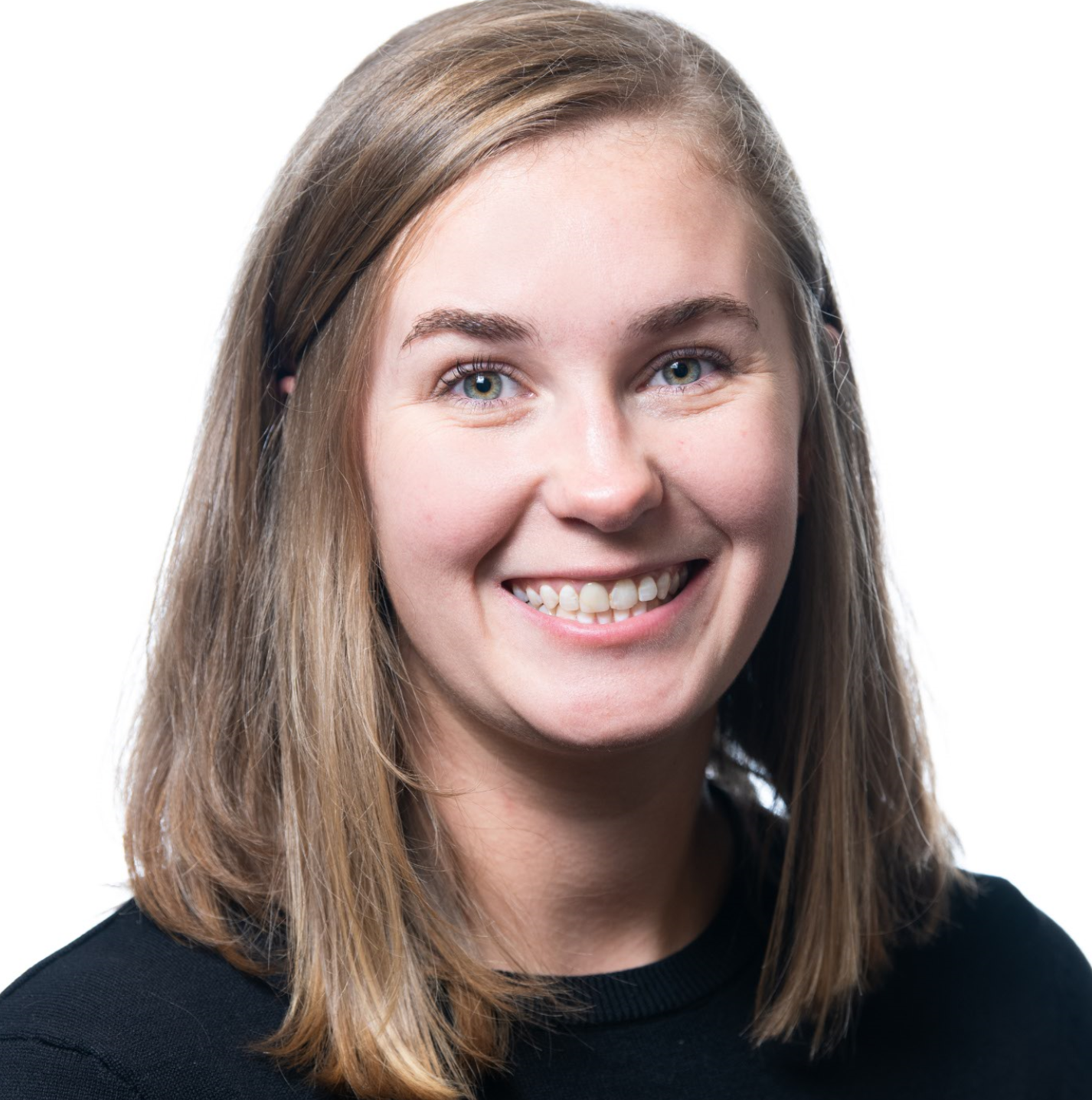
Jessica Collier
Lighting Research Engineer
Pacific Northwest National Laboratory
Jessica Collier is a senior associate lighting research engineer at Pacific Northwest National Laboratory. Prior to joining in 2019, Jessica worked as a lighting designer while completing her degrees. Her current research is focused on evaluating the application of advanced lighting systems through simulation and field projects. Jessica has a BArch from Rensselaer Polytechnic Institute and a MFA in Lighting Design from Parsons School of Design, The New School.

Belal Abboushi
Lighting Research Engineer
Belal Abboushi is a senior associate lighting research engineer at the Pacific Northwest National Laboratory. His research examines discomfort glare, lighting uniformity, and daylight integration. Belal is currently the principal investigator for a study that explores the use of wearable devices to assess effects of indoor environmental quality (including lighting) on occupants’ well-being.
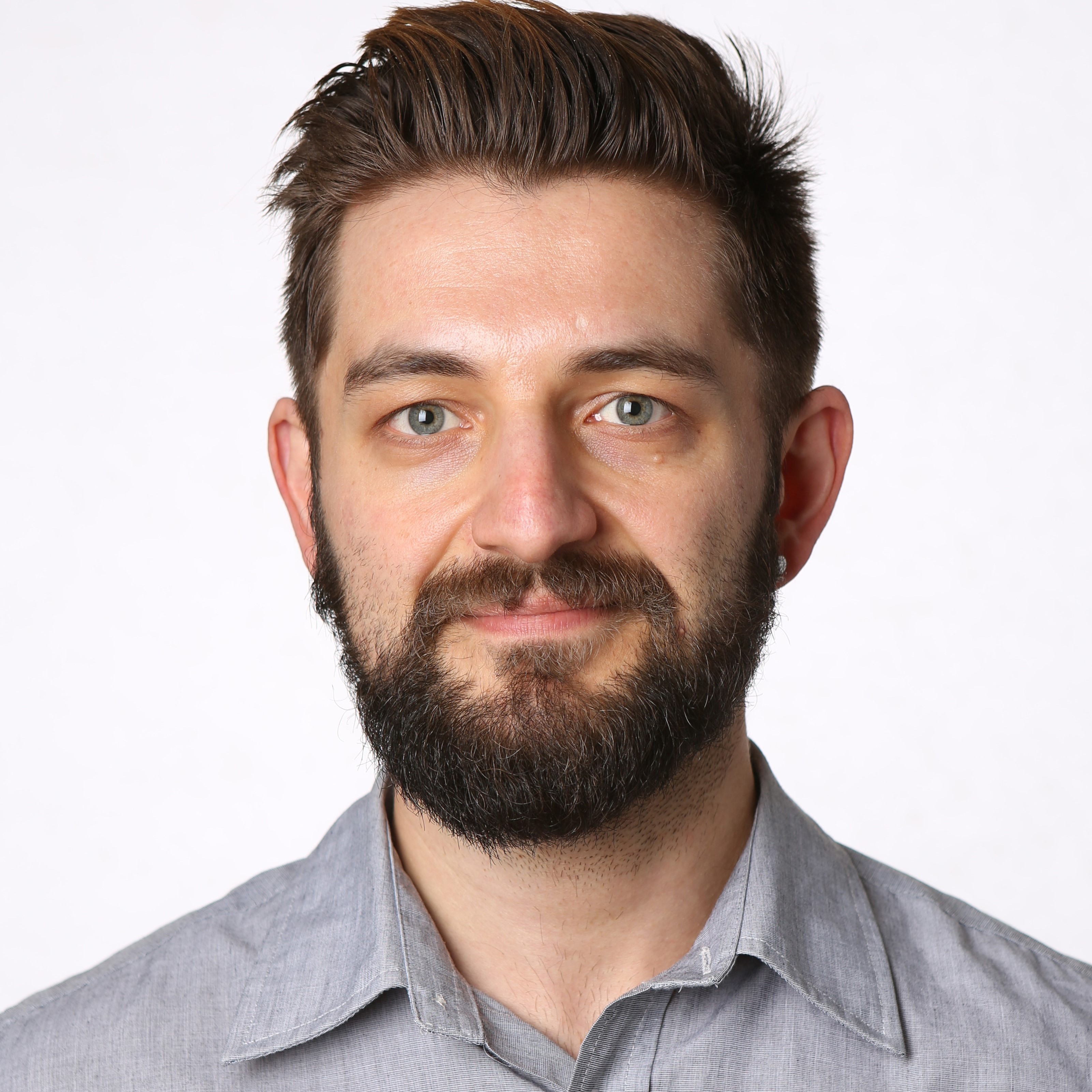
Alp Durmus
Assistant Professor
PNNL
Dorukalp “Alp” Durmus is an assistant professor in the Department of Architectural Engineering at Penn State University and head of the department’s Lighting Laboratory. His research and education interests focus on illumination systems, solid-state lighting, and the interaction between humans and the built environment.
-
Contains 2 Component(s), Includes Credits
In this webinar, presenters will share results from a recent PNNL human-subjects study on the visibility of TLM waveforms at or above 90 Hz, exhibiting different shapes, frequencies, modulation depths, and in the case of rectangular waves, duty cycles.

Taming Flicker Complexity
The IES offers Educational Webinars throughout the year, purposefully spanning a broad range of topics and speaker expertise. This was a live webinar hosted in partnership with the Department of Energy's Pacific Northwest National Lab (PNNL) and is now available as an archived webinar and CEU course.
Description: Temporal light modulation (TLM, also known as flicker) is a problem, especially to the 10-20% of the population that is highly sensitive to it. Although TLM occurs in a low percentage of products, it is visible in automotive lighting, holiday light strings, a range of residential products as well as a few architectural products. In this webinar, presenters will share results from a recent PNNL human-subjects study on the visibility of TLM waveforms at or above 90 Hz, exhibiting different shapes, frequencies, modulation depths, and in the case of rectangular waves, duty cycles. Findings reveal key differences among TLM effects, with implications for lighting metrics. What does this mean for the lighting industry? A manufacturer will discuss how this and other TLM research affects product development. How can driver and dimmer design be improved to reduce the perception of TLM, and what barriers remain for product development?
Naomi Miller
Senior Lighting Engineer
Pacific Northwest National Lab
Naomi Miller is a designer and scientist working at Pacific Northwest National Laboratory to improve lighting quality using LED light sources and to bridge the gap between technology and application. Her pet peeves include flicker and glare, and she is an active member of CIE and IES committees developing recommendations on outdoor glare, flicker, and light’s effect on human health.
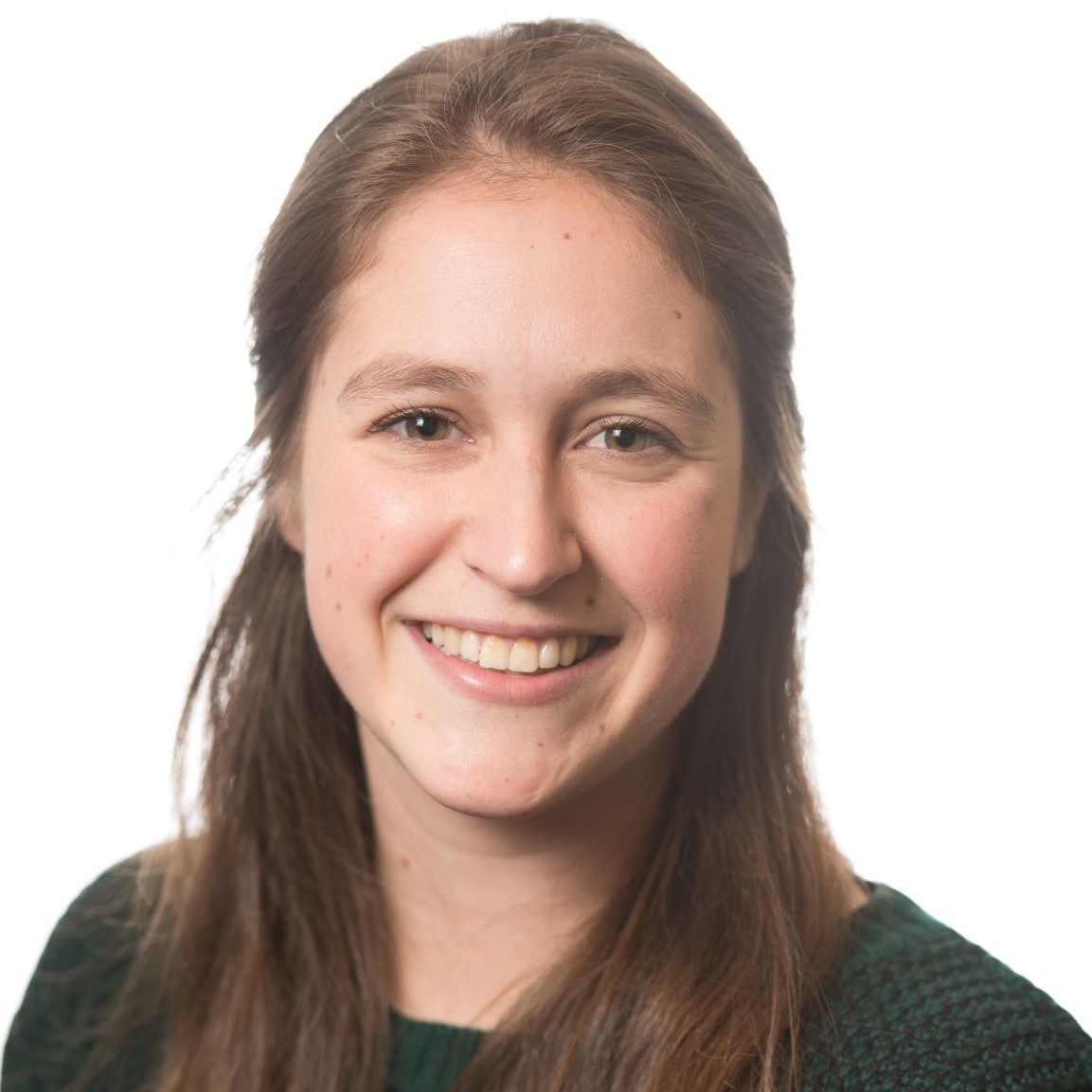
Lia Irvin
Research Scientist
Pacific Northwest National Laboratory
Lia Irvin joined Pacific Northwest National Laboratory (PNNL) in 2018, where she works on advanced lighting research. Her research interests include human factors in lighting, such as flicker and perception of luminance uniformity, which she investigates in both laboratory and field studies.
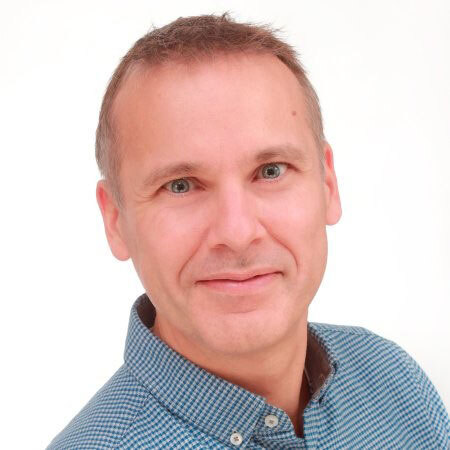
Mark Saes
Vice President
EldoLED
Marc Saes is VP of innovation and one of the founders of the eldoLED startup, acquired by Acuity Brands in 2013. He is an EE & CS alumnus of the Eindhoven University of Technology in the Netherlands. Within the lighting industry he has worked on defining what a universal smart led driver actually is and does, continuously improving both driving and controlling the LEDs in such a way that deep dimming, smooth fading, and flicker-free performance are possible in a practical and power-efficient LED driver.
-
Contains 2 Component(s), Includes Credits
The speakers will discuss what is needed to improve the sustainability of lighting installations and practical approaches that lighting specifiers and manufacturers can take to have an impact on the sustainability of products and projects.

Taming Sustainable-Design Complexity
The IES offers Educational Webinars throughout the year, purposefully spanning a broad range of topics and speaker expertise. This was a live webinar hosted in partnership with the Department of Energy's Pacific Northwest National Lab (PNNL) and is now available as an archived webinar and CEU course.
Description: The lighting industry needs practical approaches to enable a transition to a more circular and sustainable lighting system life cycle. This webinar will share perspectives from a manufacturer and an architect on current roadblocks to achieving circular design practices at various stages of the product or project, and will focus on supporting positive environmental impacts extending beyond energy use. The speakers will discuss what is needed to improve the sustainability of lighting installations and practical approaches that lighting specifiers and manufacturers can take to have an impact on the sustainability of products and projects.
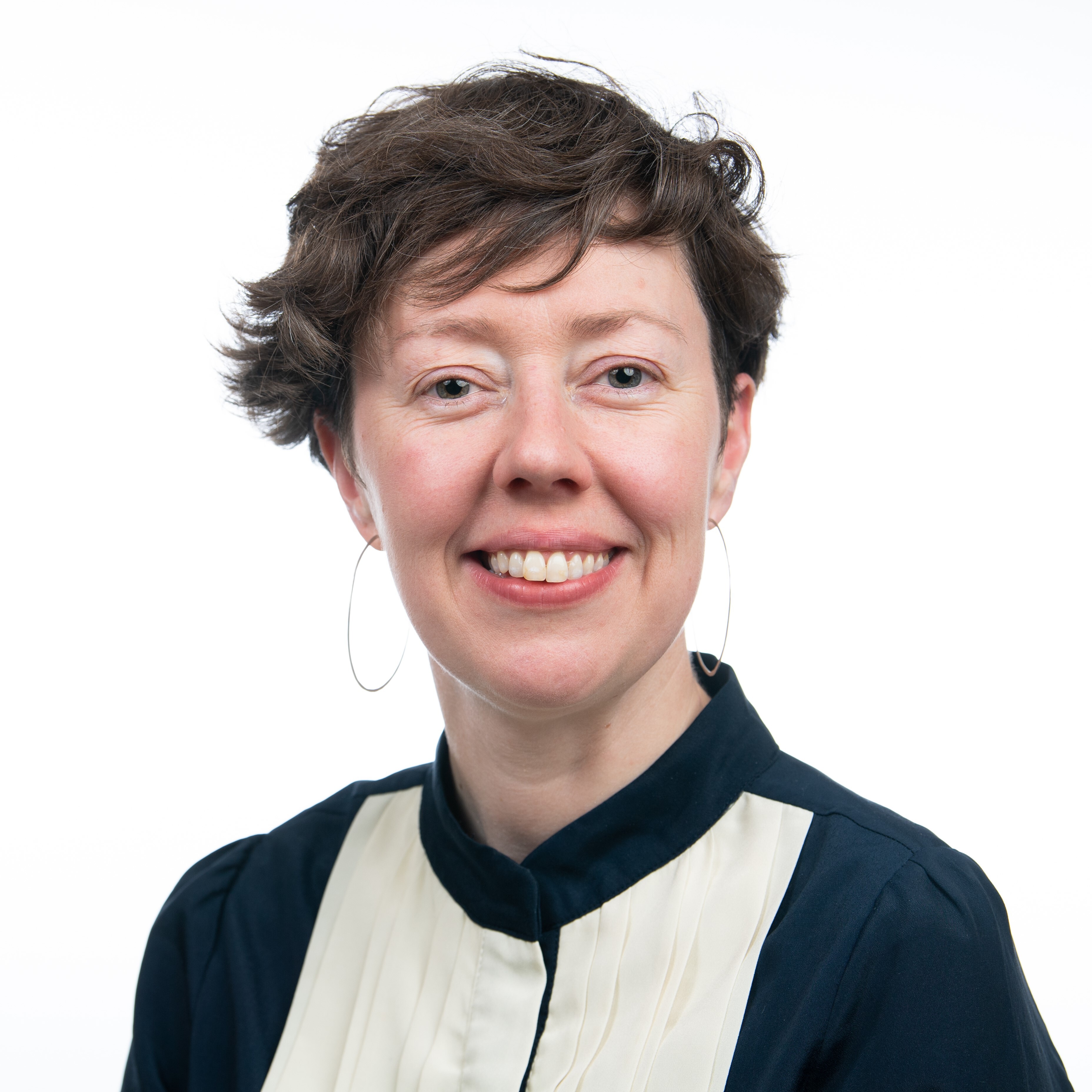
Kate Hickcox
Lighting Research Scientist
PNNL
Kate Hickcox joined Pacific Northwest National Laboratory as a lighting research scientist in 2020. She is a creative thinker in the field of lighting, with over 18 years of experience in both lighting research and lighting design. No matter which hat she’s wearing, her goals are simple – to provide equitable and universal lighting solutions that support humans and the environment.
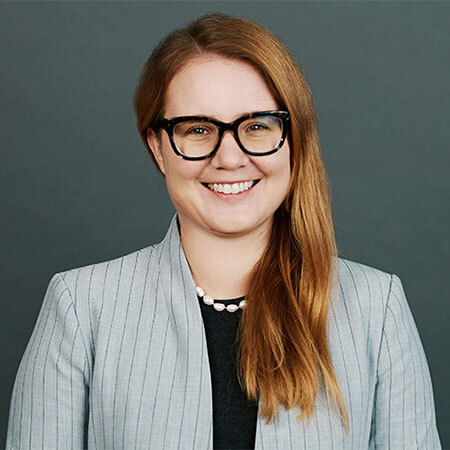
Alexandra Gadawski
Associate and Sustainability Leader
HMFH Architects
Alexandra Gadawski AIA, WELL AP, LEED AP BD+C, LFA, is an Associate and sustainability leader at HMFH Architects, where her knowledge of building performance and healthy material research provides integral support to project teams at all stages of design. Her passion for sustainability and community involvement intersects through her work as the Co-Chair of the Mindful Materials Architecture & Design Engagement Group and as the Co-Chair of the Illuminating Engineering Society (IES) Sustainable Lighting Committee. With a background in energy consumption and voluntary building standards, Ms. Gadawski holds a Master of Science in Environmental Design of Buildings from Cardiff University in Wales and a Master of Architecture from the Rhode Island School of Design.

Aaron Smith
VP of Technology and R&D
Fineline
Aaron Smith is the VP of Technology and R&D at Finelite and an alumnus of the Lighting Research Center at Rensselaer Polytechnic Institute. He supports the development of energy efficient, high quality, and sustainable lighting. He also supports Finelite’s new technology integration, new product development, and research efforts.
-
Contains 2 Component(s), Includes Credits
This webinar will explore some practical solutions to address controls complexity, including development of a clear and concise sequence of operations, the use of controls narratives, and online tools and templates to make these solutions more accessible.

Taming Controls Complexity
The IES offers Educational Webinars throughout the year, purposefully spanning a broad range of topics and speaker expertise. This was a live webinar hosted in partnership with the Department of Energy's Pacific Northwest National Lab (PNNL) and is now available as an archived webinar and CEU course.
Description: In this webinar, presenters will discuss the challenges with configuration, commissioning, and maintaining control settings over time have slowed progress towards integrated lighting and building system controls. Overcoming such challenges can enable energy savings, adaptive lighting for occupant alertness and wellbeing, and better space management in buildings. This webinar will explore some practical solutions to address controls complexity, including development of a clear and concise sequence of operations, the use of controls narratives, and online tools and templates to make these solutions more accessible.
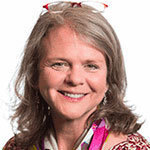
Ruth Taylor
Program Manager
Pacific Northwest National Laboratory
Ruth Taylor currently serves as a project manager at the Pacific Northwest National Laboratory where she has managed the Next Generation Lighting Systems (NGLS) Program for the U.S. Department of Energy since 2008. She spends much of her time sharing the results and recommendations from the ongoing evaluations at the indoor and outdoor NGLS living labs where connected lighting systems are installed in realistic settings and evaluated by team of lighting experts from around the country.
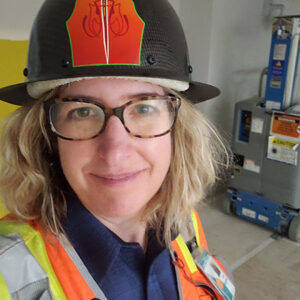
Lyn Gomes
MEP Coordinator
DPR Construction
Lyn is an MEP Coordinator for DPR Construction. She uses her 20+ years of experience to start up and build quality into integrated systems for HVAC, electrical/lighting, control systems, fire protection, backup power, and technology. In her spare time (lol), she’s the chair for the update to DG-16 (the standard for lighting/controls commissioning), on the board of the Building Commissioning Association as well as co-chair of the annual conference, co-chair for the new standard on control sequences for lighting control systems (LP-16), teaches classes on lighting controls, and supports Techbridge, an afterschool STEM program.

